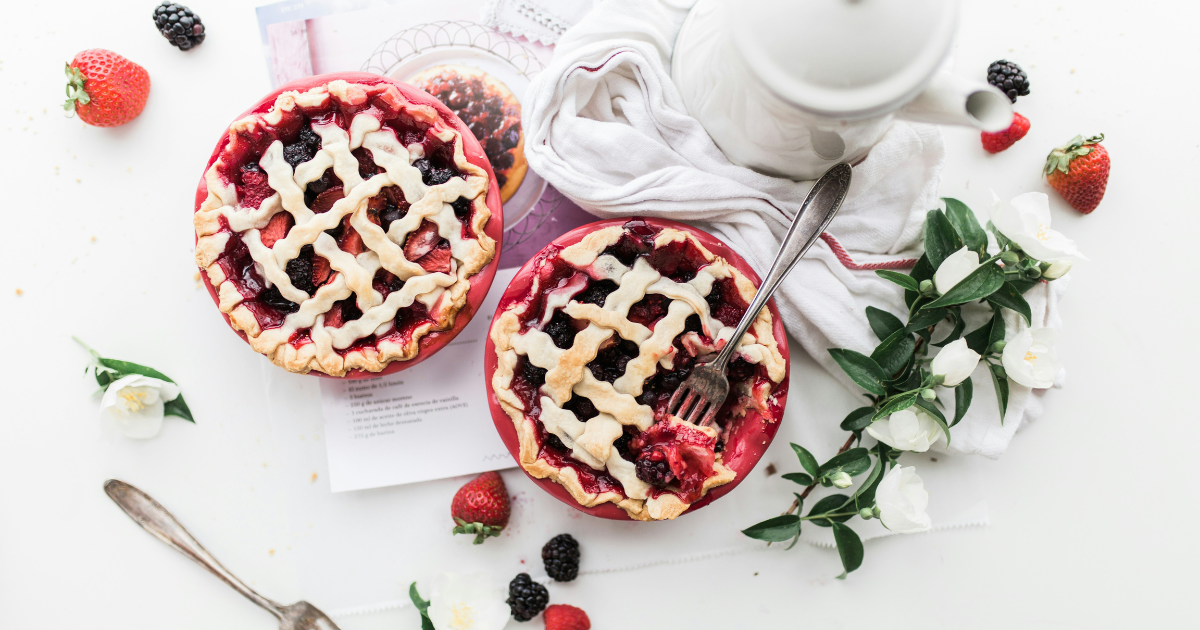Best Terracotta Pie: Crafting Comfort and Flavor with Rustic Charm
Imagine the aroma of a pie fresh from the oven, its golden crust flaking delicately as you take your first bite. Now, imagine that same pie, baked in a terracotta dish, its earthy warmth adding a new depth to the flavors. Welcome to the world of terracotta pie—a delightful intersection of traditional craftsmanship and culinary excellence. Whether you’re a seasoned baker or an adventurous home cook, this guide will show you everything you need to know to create your perfect terracotta pie.
Table of Contents
What Makes Terracotta Pie Unique?
A Timeless Culinary Tradition
Terracotta pie isn’t just another dessert; it’s a throwback to age-old baking methods that have stood the test of time. The terracotta dish, with its natural clay composition, is central to this experience. By providing consistent heat and retaining moisture, it ensures your pie is not only evenly baked but also rich in flavor.
These clay dishes have been used for centuries across cultures, from Mediterranean casseroles to Indian tandoors. Incorporating them into your baking routine connects you to a broader culinary heritage.
Why Choose Terracotta Bakeware for Your Pie?
Natural Heat Distribution
Unlike metal or glass pans, terracotta distributes heat evenly, allowing your pie crust to bake to perfection without burning or undercooking any part of it.
Eco-Friendly and Non-Toxic
Terracotta is free from harmful chemicals often found in non-stick bakeware. This natural, biodegradable material is not just a healthier choice for your family but also for the planet.
Enhances Flavor
The porous nature of terracotta allows it to absorb and release moisture, giving your pie a subtle earthy undertone and ensuring the filling remains juicy without making the crust soggy.
How to Prepare Your Terracotta Dish for Baking
Seasoning Your Terracotta Bakeware
Before diving into baking, it’s essential to season your terracotta dish. This step enhances its durability and prevents cracking:
- Soak the dish in water for about 30 minutes.
- Rub the inside with olive oil to create a non-stick surface.
- Bake the empty dish at 300°F (150°C) for an hour.
Proper Care and Maintenance
- Always handwash your dish using warm water. Avoid soap, as it can seep into the pores and affect the flavor of your food.
- Allow the dish to cool completely before washing to prevent thermal shock.
The Ultimate Terracotta Pie Recipe
Ingredients You’ll Need
| Ingredient | Quantity |
|---|---|
| All-purpose flour | 2 ½ cups |
| Unsalted butter (chilled) | 1 cup |
| Ice water | 6 tbsp |
| Fresh seasonal fruit | 3 cups |
| Granulated sugar | ½ cup |
| Cornstarch | 2 tbsp |
| Ground cinnamon | 1 tsp |
Step-by-Step Instructions
Preparing the Crust
- Combine flour and chilled butter in a mixing bowl. Use your hands or a pastry cutter to create a crumbly texture.
- Slowly add ice water, one tablespoon at a time, until the dough comes together.
- Roll the dough into a ball, wrap it in plastic, and refrigerate for at least 30 minutes.
Crafting the Filling
- Wash and slice your chosen fruit. Popular options include apples, peaches, or berries.
- Toss the fruit with sugar, cornstarch, and cinnamon in a mixing bowl.
Assembling the Pie
- Roll out the dough and press it into your seasoned terracotta dish.
- Pour the filling evenly over the crust.
- Cover with a lattice or full crust, sealing the edges with your fingers or a fork.
Baking to Perfection
- Preheat your oven to 375°F (190°C).
- Place the terracotta dish in the oven and bake for 45-50 minutes or until the crust is golden brown.
- Let the pie cool for at least 20 minutes before serving.
Tips for Perfecting Your Terracotta Pie
Ensure Even Baking
- Always pre-soak your terracotta dish in water before baking.
- Avoid rapid temperature changes, such as moving the dish directly from the fridge to the oven.
Experiment with Flavors
- Add herbs like rosemary or thyme to your fruit filling for a savory twist.
- Sprinkle coarse sugar on the crust before baking for added texture and sweetness.
The Nutritional Edge of Terracotta Pie
Healthier Baking Methods
Because terracotta retains moisture, you can reduce the amount of butter or oil in your recipe without sacrificing flavor.
Nutrient Retention
The even heat distribution ensures your pie retains more of its natural nutrients, making it a guilt-free indulgence.
| Aspect | Terracotta Baking | Conventional Baking |
|---|---|---|
| Moisture Retention | High | Moderate |
| Nutrient Preservation | Superior | Average |
| Environmental Impact | Eco-friendly | Less sustainable |
FAQs About Terracotta Pie
H3: Can You Use a Regular Pie Recipe for a Terracotta Dish?
Absolutely! While terracotta dishes may require a slightly longer baking time, most recipes can be adapted easily.
H3: How Do You Prevent Terracotta Dishes from Cracking?
Always soak the dish in water before its first use and avoid exposing it to extreme temperature changes.
H3: What Are the Best Fruits for a Terracotta Pie?
Seasonal fruits like apples in the fall, peaches in the summer, and berries in the spring work wonderfully.
Conclusion: Embrace the Art of Terracotta Baking
Baking a terracotta pie is more than just making dessert—it’s about connecting with tradition, exploring unique flavors, and embracing sustainability. Whether you’re hosting a family dinner or simply treating yourself, a terracotta pie is sure to impress. So why wait? Dust off that terracotta dish, and let your kitchen fill with the warmth and aroma of a truly special creation.
Call-to-Action: Ready to try your hand at a terracotta pie? Share your baking experiences and favorite tips in the comments below! Don’t forget to bookmark this recipe for your next baking adventure.

